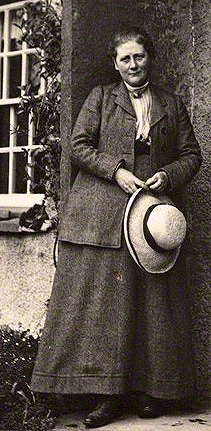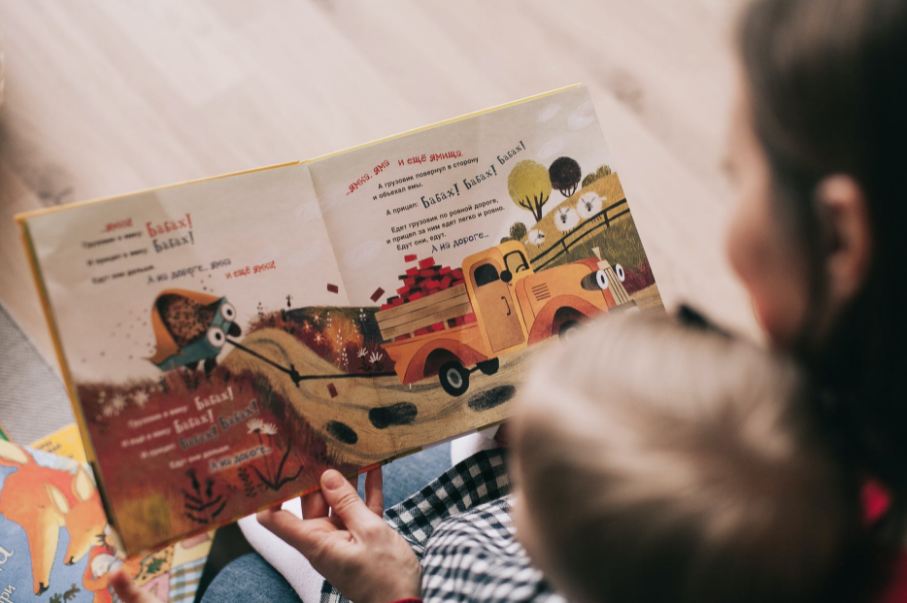A Journey of Imagination for Children in Through the Looking-Glass
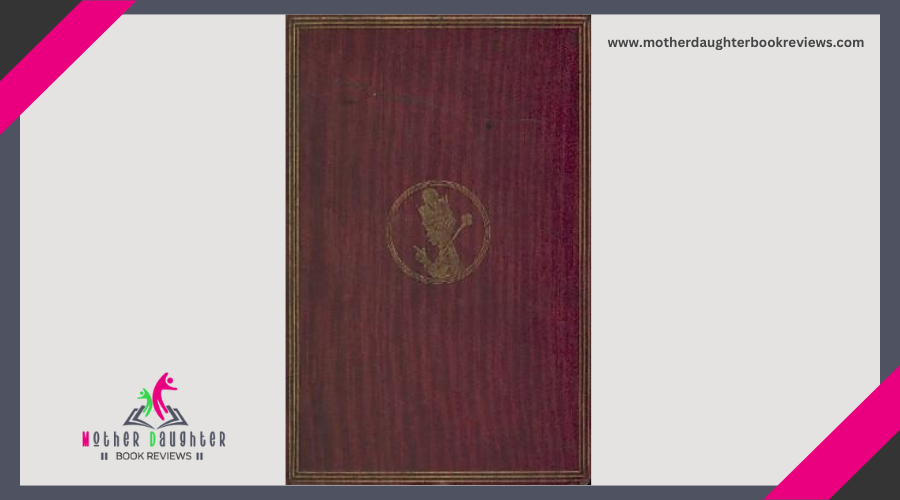
In this whimsical adventure by Lewis Carroll, young readers follow Alice as she ventures into a fantastical realm beyond the looking glass. Alice navigates puzzling landscapes resembling a chessboard, meets fanciful characters like Tweedledee, Tweedledum, and the Red Queen, and encounters playful language and riddles that spark curiosity. Each step through the looking-glass engages you in a domain of imagination, where logic and creativity blend seamlessly.
Alice's New Adventure
Alice's new adventure begins with her stepping through the looking-glass into a domain that mirrors and distorts her own. As you follow her expedition, you'll notice how this fanciful investigation sparks a sense of curiosity cultivation. You're immediately drawn into a landscape that's both familiar and utterly strange. The chessboard-like terrain and the peculiar characters she meets challenge your understanding of reality, making you reconsider the boundaries of imagination.
In this topsy-turvy domain, Alice encounters talking flowers, backward logic, and living chess pieces. Each interaction fuels her enthusiasm to delve further. You'll see how her curiosity isn't just a fleeting fancy; it's a driving force that propels her deeper into this fantastical world. By watching Alice navigate these oddities, you can appreciate the importance of curiosity cultivation in your own life.
As she traverses this mirrored universe, the fanciful investigation reveals deeper layers of her character and imagination. You're encouraged to suspend disbelief and accept the absurdity. Alice's adventure becomes a compelling reminder that curiosity doesn't just lead to answers; it opens up worlds of endless possibilities and delightful surprises.
Stepping Through the Glass
As you imagine stepping through the looking-glass, the world shifts and twists into a mesmerizing blend of the familiar and the bizarre. The reflective surface you once saw as a simple mirror becomes a portal to an alternate dimension, highlighting the powerful glass symbolism in "Through the Looking-Glass." Stepping through, you feel an immediate sense of wonder as everything you know takes on a curious transformation.
In this new domain, the reflective surfaces are not just mirrors, but gateways to different perspectives and adventures. The glass acts as a boundary, separating the ordinary from the extraordinary. Once crossed, you're no longer in the world you recognize; instead, you're in a land where anything seems possible. It's an expedition that challenges your perception and makes you question the nature of reality itself.
As you move through this mirror world, the glass symbolism becomes even more poignant. It teaches you that sometimes, stepping beyond what you see can lead to unimaginable revelations. Every reflective surface you encounter hints at another layer, another adventure waiting to unfold. This magical metamorphosis captures the essence of imaginative exploration that defines "Through the Looking-Glass."
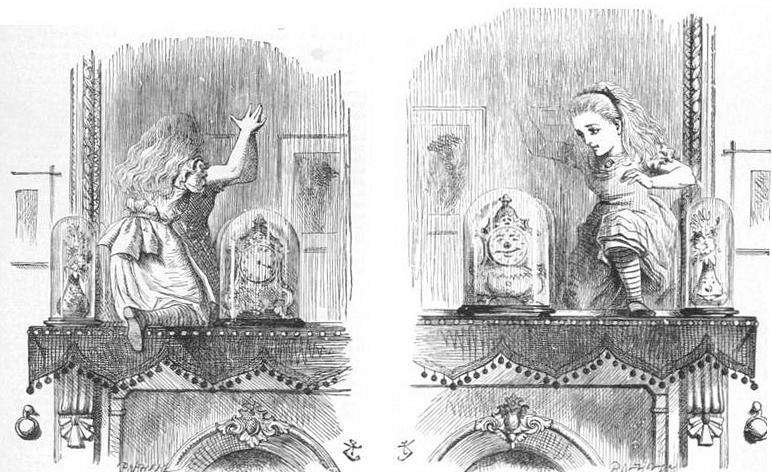
Meeting Strange Characters
Among these quirky encounters, you'll meet the Red Queen, who moves swiftly across the chessboard landscape and speaks in riddles. Her stern demeanor contrasts sharply with the White Queen's playful personality, who constantly frets about events that haven't happened yet.
As you continue, Tweedledee and Tweedledum appear, their identical appearances and playful arguments adding to the eccentric atmosphere. They challenge your perception of logic with nonsensical poetry and paradoxes. The White Knight, another playful personality, bumbles about with his impractical inventions, offering both wisdom and confusion.
Further along, Humpty Dumpty sits on his precarious wall, engaging you in a conversation filled with wordplay and cryptic meanings. His ego is as fragile as his shell, making the encounter both amusing and precarious. Finally, the Lion and the Unicorn, locked in an eternal battle, embody the surreal nature of this world.
Each character you meet enriches your adventure, turning every moment into a delightful puzzle of quirky encounters and playful personalities, enchanting your imagination and sense of wonder.
Puzzling Landscapes
Venturing deeper into the looking-glass world, you'll find that the landscapes themselves are as baffling as the characters you've met. The fanciful scenery is unlike any you've ever seen, filled with chessboard-like patterns where you must navigate as a pawn in a giant game. Rivers run uphill, and gardens grow in impossible shapes, bending your sense of reality.
Each step you take reveals more surreal environments. One moment, you're in a forest where paths vanish and reappear, the next, you're on a beach where the sand shifts color with every wave. Hills twist and loop in ways that defy gravity, and flowers converse in riddles, adding layers of mystery to your expedition.
As you travel, you'll encounter landscapes that seem to have a life of their own. Trees might uproot themselves and wander, while streams may decide to change their course, making it a challenge to find your way. The ground itself can feel like a living puzzle, constantly changing and challenging your perception. This ever-shifting world keeps you on your toes, ensuring that every moment is an adventure filled with wonder and curiosity.
Delightful Wordplay
Maneuvering through the ever-changing landscapes, you'll soon find that the world of the looking-glass is also rich with delightful wordplay. Lewis Carroll, the master of playful language, fills each page with enchanting twists of phrases and fanciful rhymes. As you travel alongside Alice, you'll encounter characters who speak in riddles and puns, turning ordinary conversations into a playground of linguistic creativity.
Take, for instance, the memorable exchanges with Tweedledum and Tweedledee. Their dialogue is peppered with clever wordplay that will make you chuckle and think. Carroll's inventive use of language transforms simple interactions into delightful puzzles to be unraveled. You'll find yourself engrossed in a world where words are not just means of communication but also sources of amusement and wonder.
Moreover, the poems sprinkled throughout the story, such as "Jabberwocky," showcase Carroll's talent for crafting fanciful rhymes. These verses, with their nonsensical yet enchanting words, invite you to revel in the sheer joy of language. Each poem is a mini-adventure, challenging you to decipher their meanings while enjoying their melodic rhythms.
The Chessboard World
As you plunge into the Chessboard World of "Through the Looking-Glass," you'll quickly notice that this domain operates under its own set of rules and logic. The landscape is a giant chessboard, and you're not just a mere observer; you're part of the game. Chess pieces come to life, each with its unique personality and role within the royal hierarchy. You'll meet kings, queens, knights, and pawns, all moving according to the fanciful rules of this world.
Every step you take feels like part of a grand, strategic move. The game mechanics are intricately designed to keep you engaged, making you think several moves ahead. The board dynamics constantly shift, requiring you to adapt and strategize. The playful competition among the characters adds a layer of excitement, transforming a simple walk into a checkmate challenge.
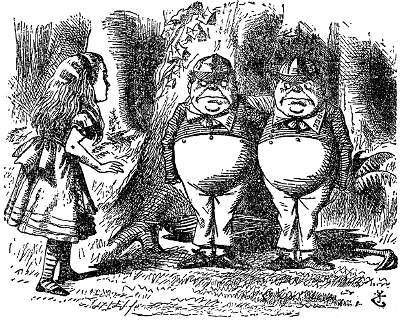
Lessons in Logic
When you engage with "Through the Looking-Glass," you'll quickly realize that the story isn't just about fanciful adventures; it's also a masterclass in logic. From the moment Alice steps through the mirror, you're introduced to a world where logical reasoning is both tested and celebrated. The narrative invites you to employ abstract thinking and critical analysis as you navigate through playful puzzles and paradoxical scenarios.
Lewis Carroll, a mathematician, expertly weaves cognitive challenges into the storyline. You'll find yourself solving problems alongside Alice, like figuring out how to move in a chessboard world or understanding the rules of the looking-glass universe. These instances require you to apply imaginative logic, blending creativity with structured thought.
Every encounter Alice has, from conversing with the White Queen to solving riddles posed by Tweedledee and Tweedledum, serves as a lesson in problem solving. The characters and their peculiar behaviors challenge you to think beyond conventional norms, pushing the boundaries of what you consider possible. In this way, "Through the Looking-Glass" not only entertains but also sharpens your mind, making it a timeless cache of logical lessons.
Wrapping Up
Few stories ignite the imagination quite like "Through the Looking-Glass." In this fanciful world, you're encouraged to let go of reality's constraints and plunge headfirst into the fantastical. The narrative invites you to welcome creative exploration, where the boundaries of ordinary life dissolve, and you're free to wander through a land where anything is possible.



